How to overcome advertising’s perception problem with content?
Advertising has a perception problem. Most people can’t wait to skip or block ads on their web browsers. It is not perceived as something that fundamentally adds value into the consumers’ lives. This view is diametrically opposed to the ethos of marketing succinctly put by Marketoonist Founder Tom Fishburne, who says, “The best marketing doesn’t feel like marketing”. In his podcast, called ‘Advertising is Dead’, host Varun Duggirala posits that this is a period of extreme change in the world of advertising, fuelled by the large amount of flux in the media and content industries.
Also read: Making India a global content powerhouse – how to tap the audience?
On July 25, 2020, Adgully brought together a group of leading marketers from diverse backgrounds to understand how marketing strategies have evolved to go beyond mainline advertising and how brand conversations have evolved beyond products and services to talk about something which everyone cares about, that is, ideas.
The Zoom webinar was joined by the speakers:
- Karthik Nagarajan, Chief Content Officer, Wavemaker India (Moderator)
- Aashish Chopra, VP - Content Marketing, ixigo
- Karan Shroff, Vice President - Marketing, Unacademy
- Jatin Chhikara, Lead - Digital Strategy (Global Brand), Royal Enfield
- Arvind R P, Director, Marketing and Communications, McDonald’s (West and South)
- Shailja Joshi, Category Lead, Potato Chips, PepsiCo India
- Sameer Saxena, Director of Marketing & Strategy, Legrand India
The kind of work done by the agencies and clients in the panel in the marketing space is pioneering. Karan Shroff, who leads all marketing activities for the ed-tech platform Unacademy, is one of the biggest proponents of content marketing. While many are aware of Unacademy’s ‘Let’s Crack It’ campaign and association with TVF for the web series ‘Kota Factory’, they raised the bar for branded content with their IP – ‘Legends of Unacademy’.
As moderator Karthik Nagarajan puts it, “The platform not only let Unacademy talk about their products and services, but also own learning as a concept.”
Speaking about the concept, Shroff says, “When the Lockdown began, we figured that this is going to be a challenging period for students, who face daily hardships like rejection. We had the opportunity to do something that would nurture them in the right direction. The pandemic is a great leveller and affects every living soul on the planet. We created the ‘Legends of Unacademy’ platform and brought together icons like Virat Kohli, Sourav Ganguly, Mary Kom Sudha Murthy, Kevin Oleary, and Jimmy Wales to share their wisdom. Failure and rejection are a common strain in their careers, which they had to overcome. The platform allowed students to interact with these legends. Of course, the product experience and the live classes element played very well with the campaign concept.”
Few brands have actually looked at this pandemic as an opportunity, says Nagarajan. On being asked how companies can cultivate organisational agility to respond to a crisis, PepsiCo’s Shailja Joshi responds, “In tough times, organisational agility is a virtue that none of the brands can ignore. At PepsiCo, we embrace agility in two ways. Firstly, we are pushed to evolve our thinking, campaigns and strategy to suit the evolving consumer trends. Secondly, we are continuously listening to our consumer.”
She illustrates how these two organisational values have helped PepsiCo deliver two outstanding campaigns. She says, “During the Lockdown, everyone was showing gratitude to the frontline workers. We designed the Lay’s ‘Heartwork’ campaign before the Lockdown came into force, but adapted it quickly to show gratitude to the workers in our supply chain. The marketing initiative was intended as a digital campaign, but seeing the feedback and appreciation from customers, we quickly took a 360-degree approach. The biggest leg of the campaign was when we thanked the ‘Heartworkers’ of big and small brands alike. We also created special Lay’s packs for influencers that depicted how each Lay’s pack reaches the customer via the ‘heartwork’ of farmers and truck drivers. Till date, the campaign has garnered 70 million impressions, over 27 million views, and 99.7% positive sentiment.”
Here’s how PepsiCo leveraged listening to accrue some brand love. Joshi says, “Our media team picked up that Sonam Kapoor had put up a post on Instagram that she was craving ‘Uncle Chipps’. We ensured that within the day a carton of Uncle Chipps was sent to her. This generated a lot of love for the brand. These are small things but, in these times, they are important things to do.”
Nagarajan then addresses ixigo’s Aashish Chopra, author of ‘Fast, Cheap and Viral’, a book on viral video marketing. He asks, “What sort of investments do you need to make in content for it to go viral?”
Chopra explains, “Viral is an outcome and, therefore, is not in our hands. In my book, I tried to understand the equation which drives a lot of shares and engagements. The book is a manual for viral marketing and there’s no ‘gyaan’, brain farts, or tips from the Internet, but rather actionable insights which are validated. The Lockdown was traumatic for everybody as flights were shut, offices were closed and salaries were cut. I never thought work from home would work in the creative collaboration space, because brainstorming is so essential for the creative process. Yet, we were able to deliver killer campaigns during work from home.”
Adding further, he says, “All business operations were shut and all we had left with were our users. I believe that today every company is not just a product and services company, but also a media company. For ixigo, there are millions of customers and users on social media who interact with us regularly. To engage these customers, we focus on creating content without spending too much money. We shot a compilation video, titled ‘Sounds we miss’, that went viral and was famously plagiarised. We learned that when times are tough, hope is not a strategy, you need something that delivers results.”
Legrand’s Sameer Saxena spoke about the role of content in solving business problems. He says, “For a brand to be successful, it has to break into a culture. To do that, we need to develop techniques that can help us break into that culture. In the last decade, social media has given rise to a crowd culture. Breaking into this culture is becoming very difficult for brands. I don’t see this is a marketing problem, but rather a business challenge. The question is, how do you address this crowd culture with your business proposition? At Legrand, we look at content from the perspective that it can give us ownership of an idea. Then your commitment to the story and editorial integrity can make or break your idea.”
Adding further, he says, “Legrand launched a new product, IoT switches, and the complexity was that there were two stakeholders for the product. One on the B2B side, and the other on the B2C side. For the B2C business, we launched a web series targeted at a young target audience who could use the product and that was quite successful. This content also became a reference for the B2B side on how IoT switches would function in a commercial space like a retail showroom or a residential area and created a functional experience.”
After many experiments with branded content, McDonald’s Arvind RP arrived at a toolkit for creating successful content pieces. He says, “For a brand like McDonald’s, the ever-present challenge is to be relevant to the consumer and weave the brand into their daily conversations. While advertising has a role to play, you need to supplement it with branded content to create a habit.”
An insight was to create content around a unified theme. Arvind RP remarks that the approach for the McCafe sub-brand would be very different from the main brand McDonald’s. “For a niche brand like McCafe, that is all about conversations over coffee, we chose Slam Poetry. To create branded content, you need to find emerging interest areas. One example is stand-up comedy, but it has been done to death and, therefore, is quite cluttered. We wanted to pick something that is unique, ownable and curiosity provoking.” He recalls, “When my team brought the idea to me, my first reaction was ‘what is Slam Poetry’. I believe curiosity inducing ideas work brilliantly on the digital platform.”
McDonald’s started small by first rolling out the initiative in Mumbai. The campaign met with success and gave the team at McDonald’s the confidence to roll out in other cities.
“Another piece of content that we did was for the McDonald’s parent brand,” he adds. “We wanted to position the brand as an ‘adda’. We collaborated with specialist content houses and looked at content that already exists. Then we tweaked the next piece of content and wove in the brand seamless so that the branding would be really subtle.”
Usually, most brands go about creating brand love via such initiatives, but Royal Enfield is a unique brand where the customers are really flagbearers for the brand. One of the few Indian brands that is exported abroad, Jatin Chhikara, who leads digital strategy for the brand across the globe, speaks about their strategy.
He says, “Royal Enfield is an aspirational brand, where customers can easily join and live the brand experience. As Shailja pointed out, listening should be at the center of everything that you do and that’s exactly what we do. In the last few years, creating content has become really accessible because of tools like Go Pro, which are flooding the market. We noticed that there were close to 700-800 pieces of content being uploaded almost on a daily basis by our community in the form of pictures or video. We thought, why don’t we leverage this?”
Adding further, he says, “People within the company said that this content would not pass the brand filters because the brand ‘Royal Enfield’ represents many other things like safe riding. When it comes to user generated content (UGC), you really have to be cautious of the pieces that you pick. To our surprise, we were able to curate a lot of UGC, which accomplished two things for us. It helped us celebrate the community that was engaged with the brand. We were able to tell the stories of their journeys to remote locations, which drove the aspirational quotient of the brand.”
He observes, “In a lot of categories, you have to place your brand within the context of the popular culture or counter culture, however, Royal Enfield as a motorcycle brand is uniquely placed, where conversations are told around it. While branded content works great at the top of the funnel, it also helps with consideration building. We want to introduce the brand not just as a motorcycle brand, but as a lifestyle. The events, customised motorcycles and UGC stories all flow into that strategy.”
Watch the full session below.



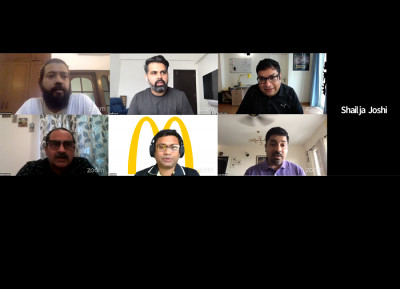







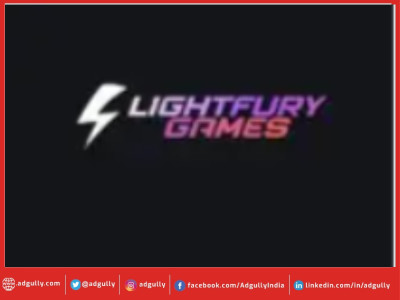




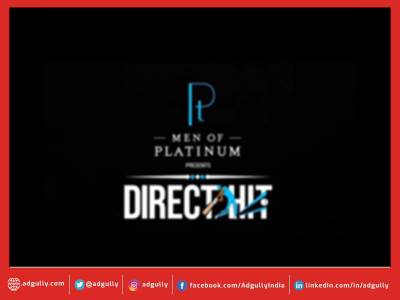
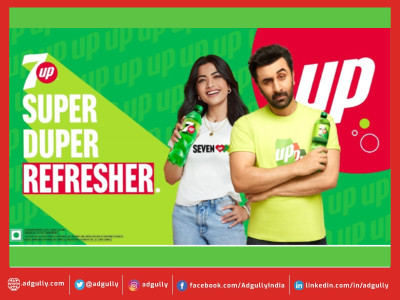
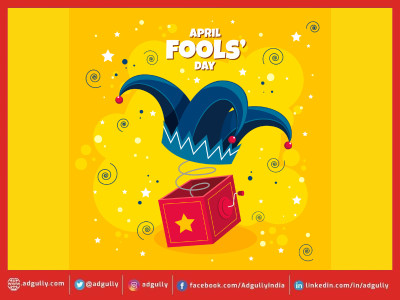
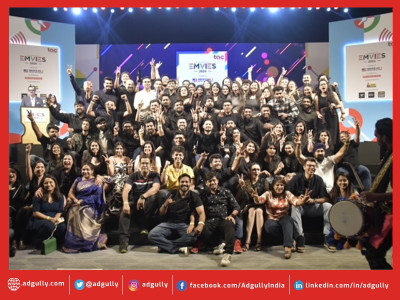
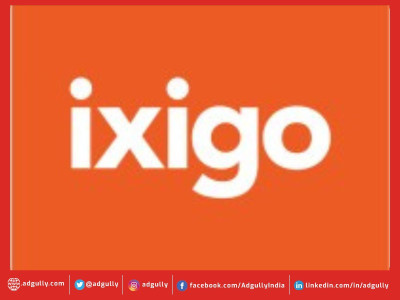
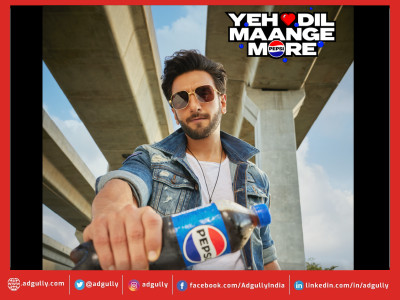


Share
Facebook
YouTube
Tweet
Twitter
LinkedIn